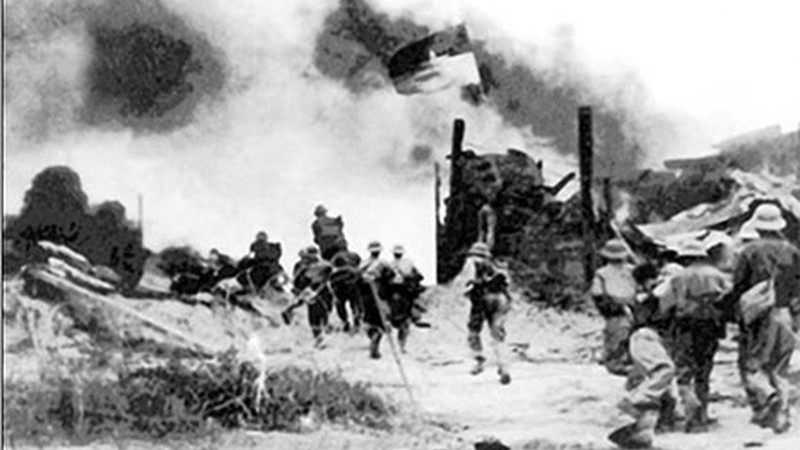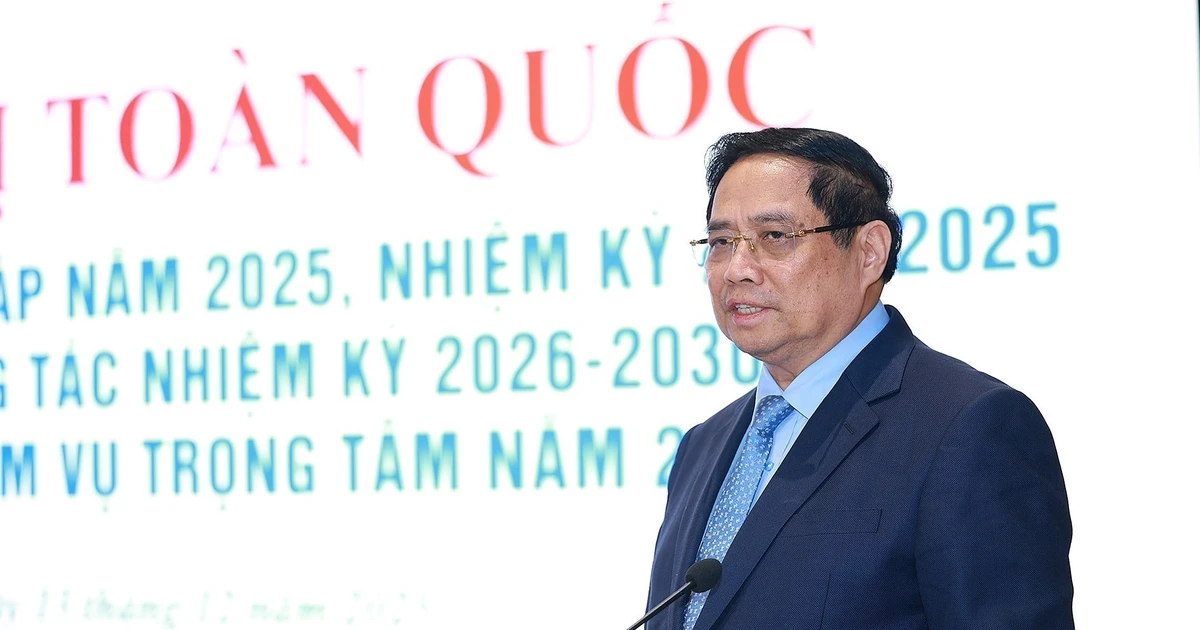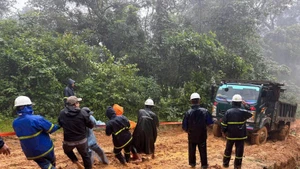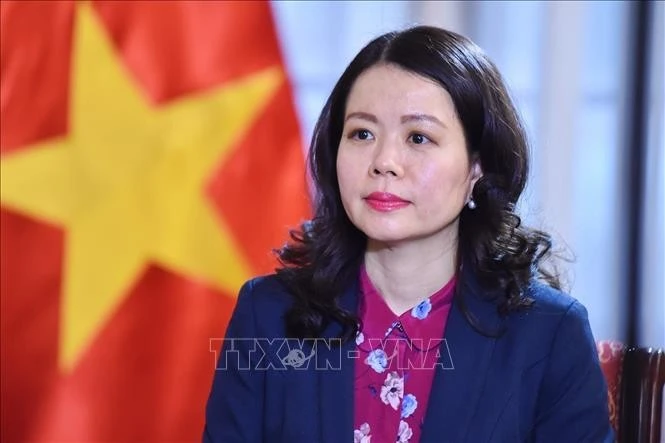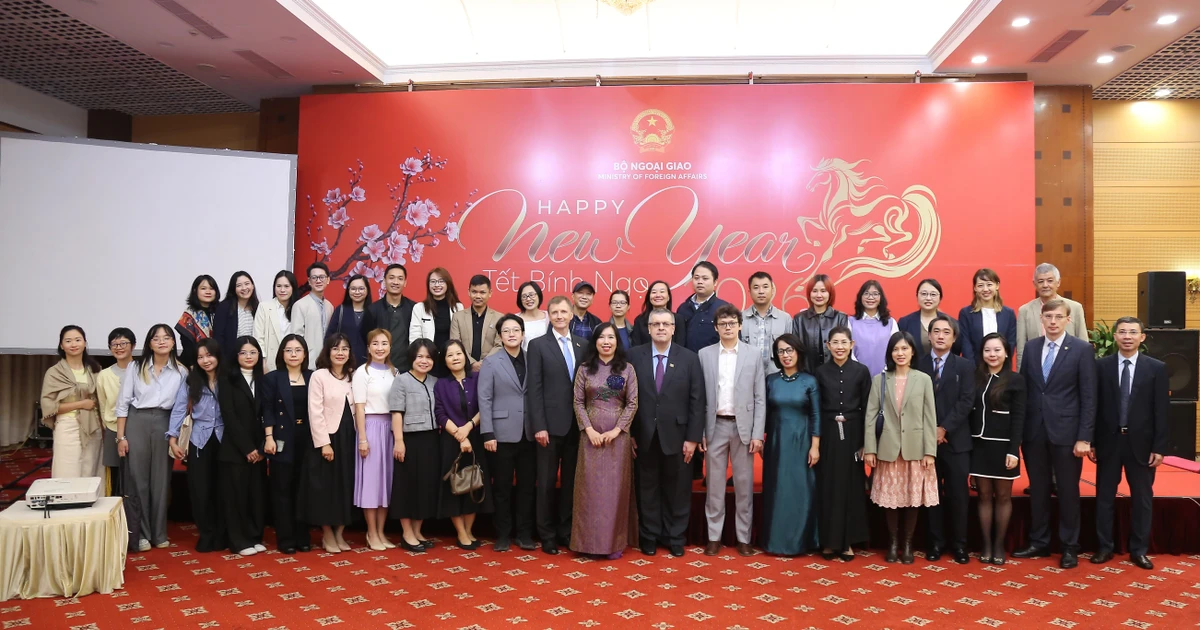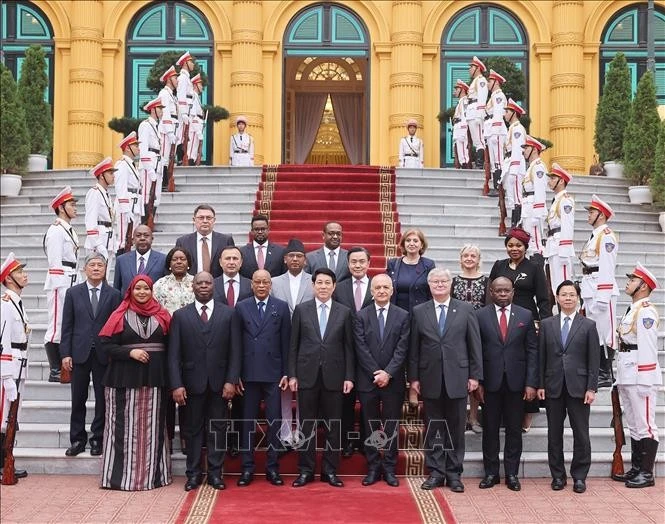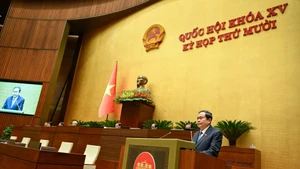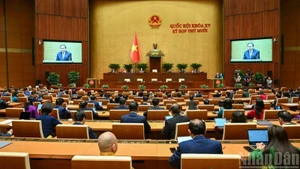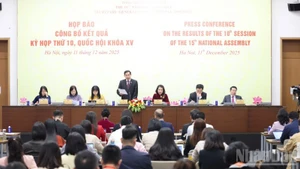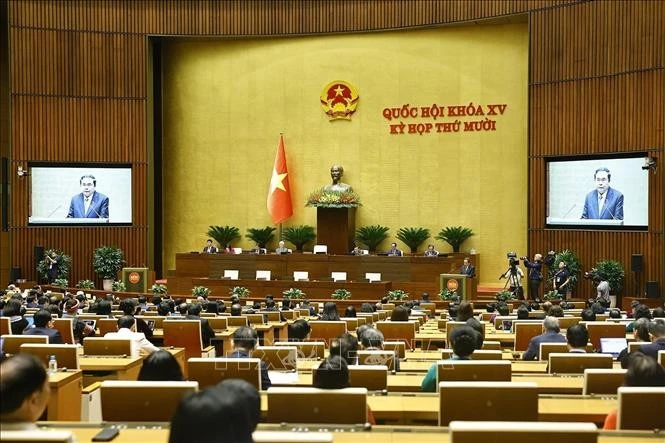April 24, 1975, comrade Le Duc Tho sent a telegram to the Politburo reporting on the situation of both our side and the enemy after the Xuan Loc Campaign. In his telegram, it was reported that ten of our divisions had just arrived at the battlefield. Despite facing some difficulties, the front was determined to fight while simultaneously replenishing forces, making every effort to ensure the minimum conditions necessary to launch the campaign. We were urgently preparing for the offensive and uprising. In the worst-case scenario, such as the enemy destroying bridges, our forces had plans to overcome the situation by constructing makeshift bridges or engaging in combat without tanks and artillery support.
On the same day, the Standing Committee of the Party Committee of Corps 1 held a meeting to review the entire preparation work, grasp the mission, and adjust and supplement the operational plan for the campaign to liberate Saigon.
On April 24, the forward command post of Corps 3 was deployed in Nhuan Duc; Division 320 completed the concentration of its forces and was urgently preparing for an assault on the Dong Du stronghold; Division 10, along with tank and anti-aircraft units, was reinforced into the Ben Tranh and Ben Cui areas, where they swiftly received equipment, arranged attack formations, and took advantage of the time to conduct additional training and check logistical aspects.
In Tay Ninh, by April 24, after 20 days of mobilisation, the province had recruited 4,000 young people into the armed forces, forming nine new battalions and 13 independent companies to reinforce the main army and local armed units in the districts. On the night of April 24, our forces seized Bau Nau and stayed there to engage Regiment 49 of the enemy’s 25th Division, which fled towards Saigon. At the same time, our troops cut Route 22, gaining control of the section of the road from Tay Ninh to Saigon.
In Thu Dau Mot, as the units of Corps 3 arrived to gather and prepare for the Ho Chi Minh Campaign, local people had prepared food and supported the troops in attacking the enemy.
On April 24, 1975, the Southern Command instructed Military Zone 9 to intensify its coordination with other military directions advancing towards Saigon, tie down enemy forces, and carry out a general offensive and uprising to overthrow the puppet army and government, liberate localities, and completely liberate the South. Accordingly, the Zone Party Committee and the Command of Military Zone 9 launched a strong attack movement under the spirit of "province liberates province, district liberates district, commune liberates commune"; armed forces moved close to provincial towns to attack military sub-regions and provincial administrative offices as planned.
On April 24, 1975, the Ministry of Defence issued Decision No. 70/QP-QD to establish Mobile Transport Regiment 526 under the Department of Transport, General Department of Logistics, to undertake military transportation duties to support combat operations.
